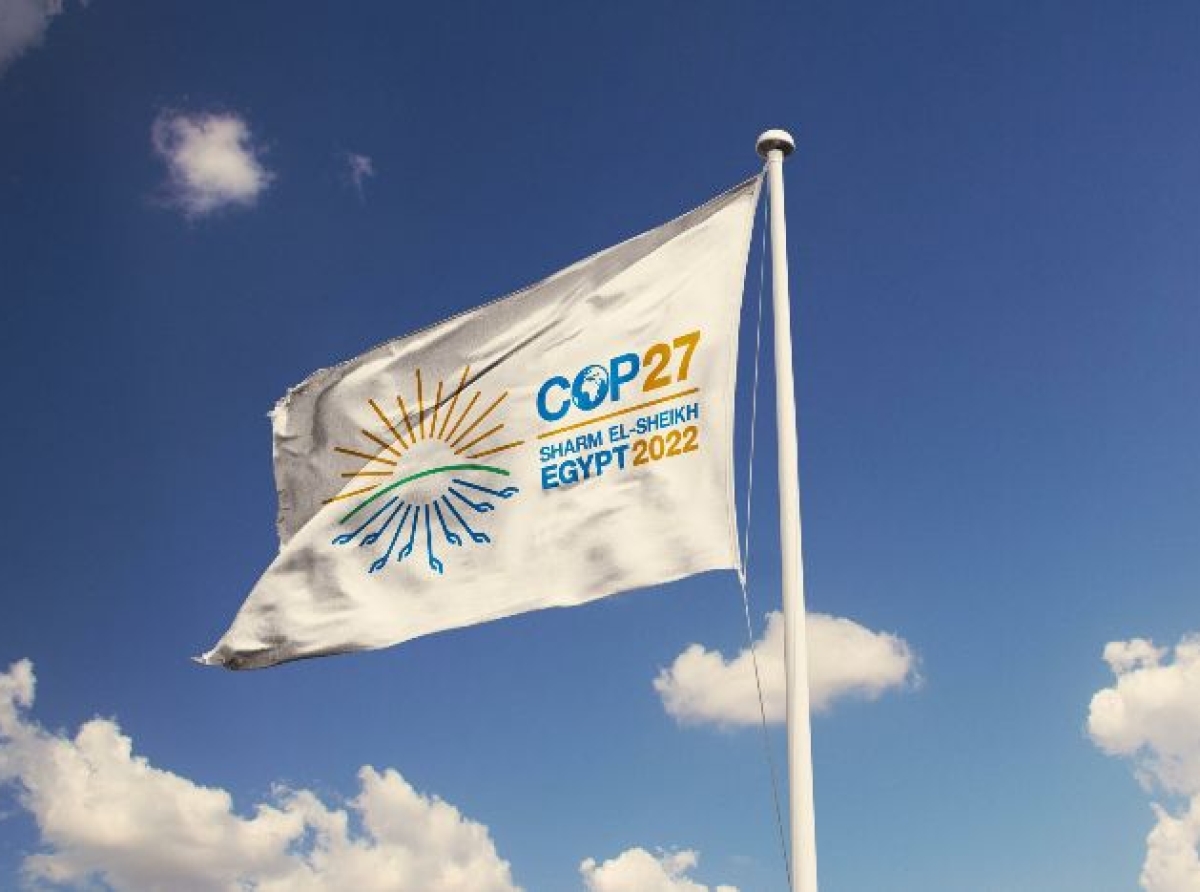15 November 2022, Mumbai:
Given the enormous impact of the fashion and textile industry, the space needs to take prominence within the overall climate agenda @ COP27. The conversations and lots of noise occurred around issues e.g. amenable and secure work environments, industry's living wages, and circular trade systems & processes; unequivocally hammered the need for a holistic approach underscoring the criticality of actionable points leading to possible outcomes like a pursuit in direction of attaining a net positive industry/net zero emission mitigating GHG emissions for people and the mother planet.
Just to put it in quick context during fashion sector was not in the scheme of things in COP15 held way back in 2009 now in the broader scheme of things it is well onboarded for taking a holistic shot at climate change and its growing global concern.
Be part of the solution not part of the pollution
The elephant in the room remains consumerism, fast fashion, and the existing lifestyle adopted by the generation of the day.
Misguided and misplaced environmental priorities are only making plans to fail for the world's climate change. Yes, petrochemicals, the chemical byproducts obtained from petroleum processing, account for 63% of our textile fibers. This contains several different derivatives of polyester, acrylic, lycra or spandex, and elastane.
Then, manufacturers construct apparel/clothing to satisfy our shopping habits using cotton, one of the materials with the highest worldwide water use/water thirst, to meet 37% of that textile demand.
One of the biggest causes of pollution is petroleum, the main ingredient in synthetic products. Mining petroleum to supply a booming fashion industry is futile in a society striving to move away from using fossil fuels to provide energy.
Additionally, the manufacture of textiles increases the release of greenhouse gases like CO2. More CO2 was released into the environment in 2015 due to textile manufacture than from foreign aircraft and maritime shipping. Increased levels of climate change and global warming are indicators of the effects.
Fast fashion moves fast, so clothing fads come and go with astounding speed. The biggest challenge the world's climate facing today is," The textile industry is the second greatest polluter of local freshwater in the world and is culpable for roughly one-fifth of all industrial water pollution".
Aptly driven and steered by none other than environmental nonprofit Canopy, this commitment towards more sustainable, lower-carbon alternatives— is recognized as Next Generation Solutions.
About Global Fashion Agenda (GFA)
The non-profit organization that fosters industry collaboration on sustainability in fashion to accelerate impact - it chose to leave its indelible impact on the T&C/T&C industry by working out an agenda of being a part of it outlining priming the awareness and consciousness around this space construed to be one of the most polluting sectors in the industrialized world in the early part of the conference in Sharm El Sheikh.
Notably, the event was a confluence marking an indelible impression of cross-sectional global industry Veterans/Experts to address pressing topics needing crucial attention to the topics either where low/no attention has gone.
Just to place on record GFA had an envious line of speakers from a cross-section of speakers drawn globally from varied sectors to have divergent views/perspectives to give trade insightful inputs to write home the loud and message of the day: An envious list of nuanced thought leaders go like Anant Ahuja, Head of Organizational Development, SHAHI Export-India, Hendrik Alpen, Head of Sustainability Engagement, H&M Group, Federica Marchionni, CEO, GFA, Elisa Tonda, Chief, Resources, and Markets Branch at UNEP and Sophia Yang, Founder & Executive Director of Threading Change to name few sharing vision and enrichening trade insights of pooled knowledge resource as takeaways.
Again taking a cue from Federica Marchionni, CEO, of GFA, alluded @ COP27,“ World needs to definitively go beyond the empty words and walk the talk setting clear agenda, priorities and goalpost against concrete timeline & also aptly articulated by Biden telling Xi US and China should manage differences to prevent competition from becoming conflict".
COP27 & beyond
The article makes no qualms about the fact that shifting the spotlight is a right step in the right direction but is not a sufficient condition and there is still a long way to go in COP27.
As a solid outcome what comes as a great relief/takeaway of COP27, is prominent marquee organizations/entities making a heartening joint pledge heralding a solid intent to buy some over half a million tonnes of low-carbon, low-footprint alternative fibers for fashion textiles and paper packaging the list of involved players consist of H&M, Inditex, Stella McCartney, Ben & Jerry’s, HH Global, and Kering among others.

























